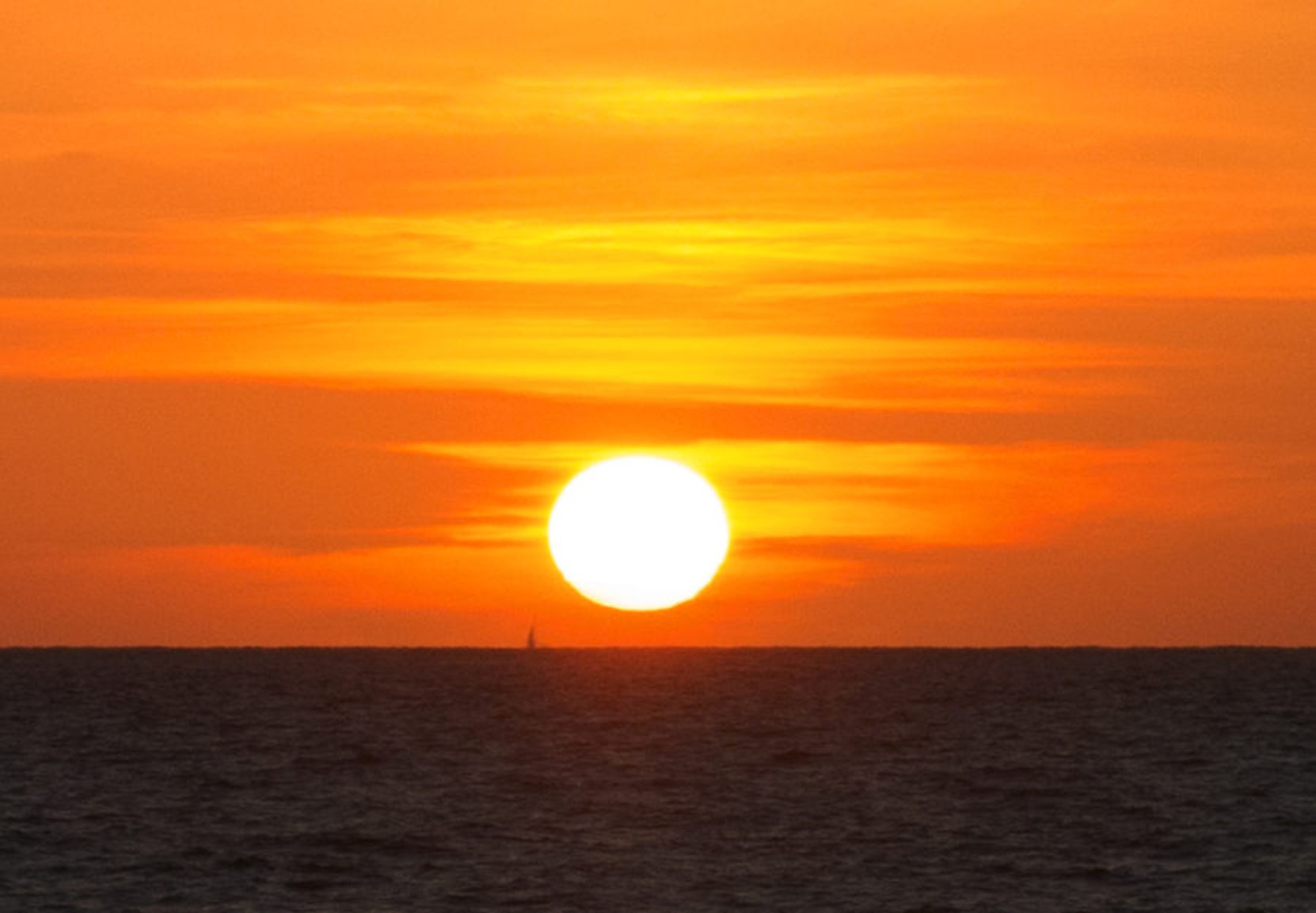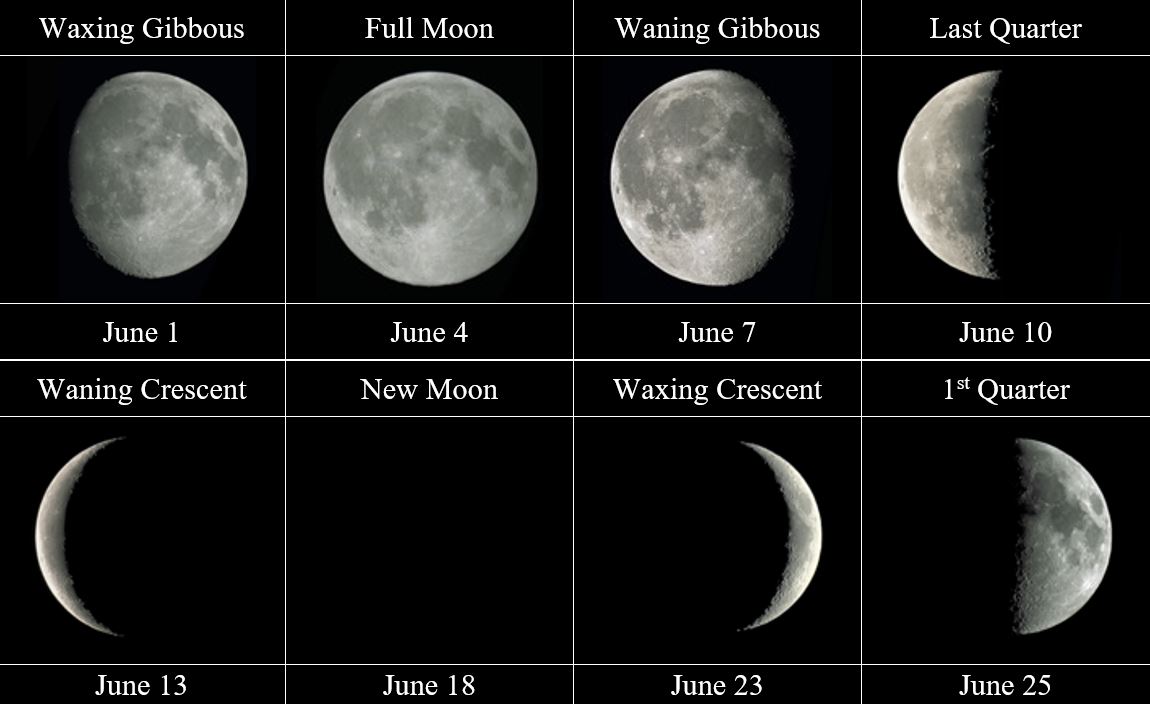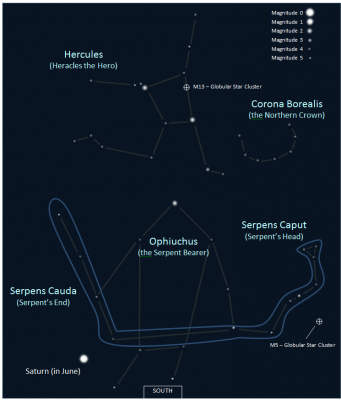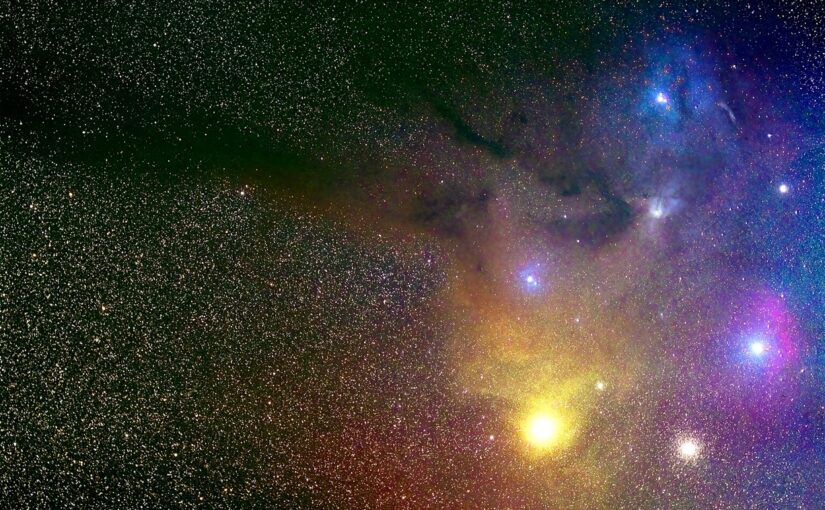Welcome to the Ontario Parks “Eyes on the Skies” series. This space (<– see what we did there?) will cover a wide range of astronomy topics with a focus on what can be seen from the pristine skies found in our provincial parks.
Heading outside? Here are our astronomical highlights for June, 2023:
The sun
The sun reaches its highest point in the sky on June 21 at 9:01 pm.
This day is also known as the “Summer Solstice,” when we can enjoy the maximum amount of sunlight as the sun rises at 5:34 am and sets at 9:20 pm (from central Ontario) giving us almost 15 hours and 46 minutes of light (see the March edition for more about solstices and equinoxes).

In Canada, the summer solstice around June 21 is also National Indigenous Peoples’ Day, in recognition and celebration of the unique heritage, diverse cultures, and outstanding contributions of the Indigenous peoples in Canada.
Sunrise and sunset times
The late sunsets in June provide people with the opportunity to enjoy spectacular sunsets.
| June 1 | June 15 | June 30 | |
| Sunrise | 5:38 am | 5:34 am | 5:38 am |
| Midday | 1:23 pm | 1:26 pm | 1:29 pm |
| Sunset | 9:09 pm | 9:18 pm | 9:20 pm |
The moon
June’s lunar phases are as follows:

The planets

After an amazing several months of outstanding Venus viewing, the planet is finally putting an end to its performance and setting closer and closer to sunset.
This will be your last chance to get a good view of the planet.
Meteor showers

There are no major meteor showers occurring during the month of June.
Often observers might see fireflies and, for a moment, be fooled into thinking they’re seeing a meteor!
Even though there are no major meteor showers, there are always fragments of one form or another of dust falling upon the Earth. These “sporadic” meteors can often account for as many as 10 per hour on any given night in a dark, moonless sky.
As always, the best way to prepare for a meteor shower is to:
- get lots of rest
- use sunglasses for at least three days prior to the shower (to maximize your eyes’ night vision capability)
- set up a lounge chair and a sleeping bag (use some sort of dew cover or your bag will end up quite wet)
- get lots of drink and munchies
And best of all, enjoy the experience with some good companionship.
A meteor shower occurs when the Earth enters the debris field of a comet that has long ago passed around the sun.
These bits of dust and grit, often no bigger than your thumbnail, enter the earth’s atmosphere and burn up high above the ground.
Learn more about summer meteor showers.
Featured constellations: heroes and serpents
 This month we will discuss the constellations of Hercules, Ophiuchus and Serpens.
This month we will discuss the constellations of Hercules, Ophiuchus and Serpens.
Ophiuchus and Serpens remind us of the ancient Greek legend for the origin of modern day medicine.
For all of his impressive tasks and great power, the constellation of Hercules is actually one of the smaller ones in the sky.
We also discuss the constellations Noondeshin Bemaadizid (the Exhausted Bather), which appears amid the stars of the Greek constellation of Hercules, and Madoodiswan (the Sweat Lodge), which appears amongst the same stars as the Greek constellation of Corona Borealis.

